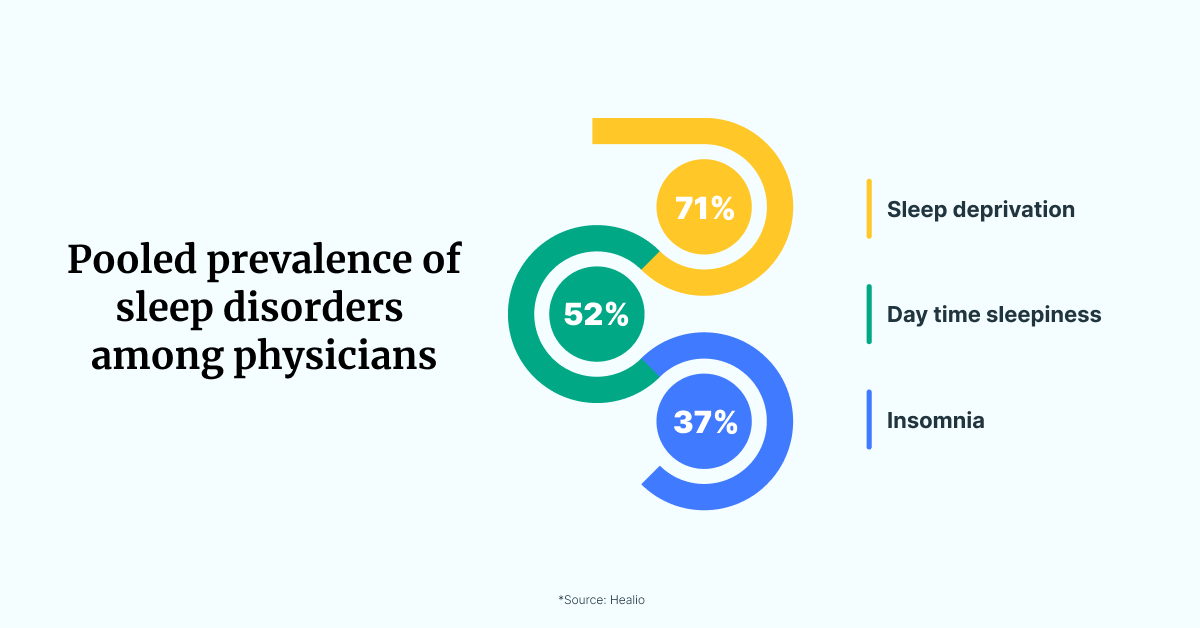50% of Your Onboarding Training Efforts Are Going Waste, We’ve Got Proof.
Did you know that a whopping 50% of your onboarding efforts might be going down the drain?
Yup, you heard it right. People tend to forget a significant chunk of what they’ve learned almost …
01 April, 2024 | 3 Min Read